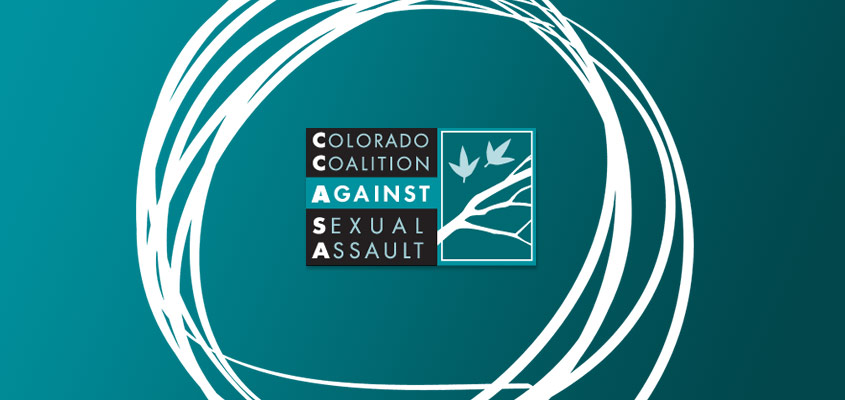By Michelle Schaunaman, CCASA Blogger & Outreach Coordinator at TESSA
Once you see it, you can’t un-see it.
Am I writing about some disgusting scene in a horror film? Yes on some levels, but overall I am writing about media literacy. Once you know how to critically think about the media you’re consuming, you will see things you have never noticed before and it will bother you immensely.
If we want to talk about typical horror films, consider who is killed and the circumstances of their murder.
 If the character is female, is she standing in a shower nude and then brutally stabbed to death? Similarly, is she swimming nude and then mauled by a shark? Some very ‘iconic’ horror scenes involve a mix of sexuality and violence. You see, now that I analyze media critically, I can’t help but think we are subconsciously being told to equate sexuality with violence in horror films where women are sexualized and then murdered. Maybe you’re not a big horror film aficionado— I self-admittedly am not— so let’s look at media literacy in general.
If the character is female, is she standing in a shower nude and then brutally stabbed to death? Similarly, is she swimming nude and then mauled by a shark? Some very ‘iconic’ horror scenes involve a mix of sexuality and violence. You see, now that I analyze media critically, I can’t help but think we are subconsciously being told to equate sexuality with violence in horror films where women are sexualized and then murdered. Maybe you’re not a big horror film aficionado— I self-admittedly am not— so let’s look at media literacy in general.
Media literacy is taking a critical look at the messages we receive from television, movies, print, social media, books, video games, etc. and deciphering what messages we’re being sent on a personal or cultural level.
Recently, I heard media literacy likened to checking the nutritional content of your food. This is a great example because few people I know read those labels and very few people I know take the time to think critically about where their news comes from or why a director put a sexual assault scene in their film. By no means am I saying, “Stop watching horror films,” or “Don’t listen to Taylor Swift because she says she’s not a feminist.” You can choose what you listen to, read, or watch. I am just saying we all might be a little healthier (and smarter) personally and culturally if we read the labels on what we feed our brains (media).
A definition is great, but you might wonder how to practice media literacy.
All you have to do is think about these four things:
1. Who is the sender of the message?
2. What is their agenda or message?
3. What is the subtext of this message?
4. Do I accept or reject this message?
Gasp! Does that mean you, Michelle, have an agenda?! Yes.
We can use this blog as a beginning point to decipher the message you are receiving:
- Who is the sender? The sender is me and you can learn more about me in my past blog post.
- Next, what is their message or agenda? My message is start thinking critically about media.
- You might interpret it differently, but the subtext of my message is sex and violence are being equated by many in the media, in horror films and sexual assault scenes, and I want you to start seeing this trend.
- Lastly, do I accept or reject this message? This last step is completely up to you.
Critical thinking about media can enhance your life and the lives of those around you.
At the very least, thinking critically about media will make you a more interesting conversationalist. Atmost, it will make you realize you have “the power to affect change.” Like the TEDxWomen Talk from Jennifer Siebel Newsom says, “We vote with our dollar and we vote with our media choices.” If you agree we have this power, to think critically and affect change, then why aren’t you using it?

